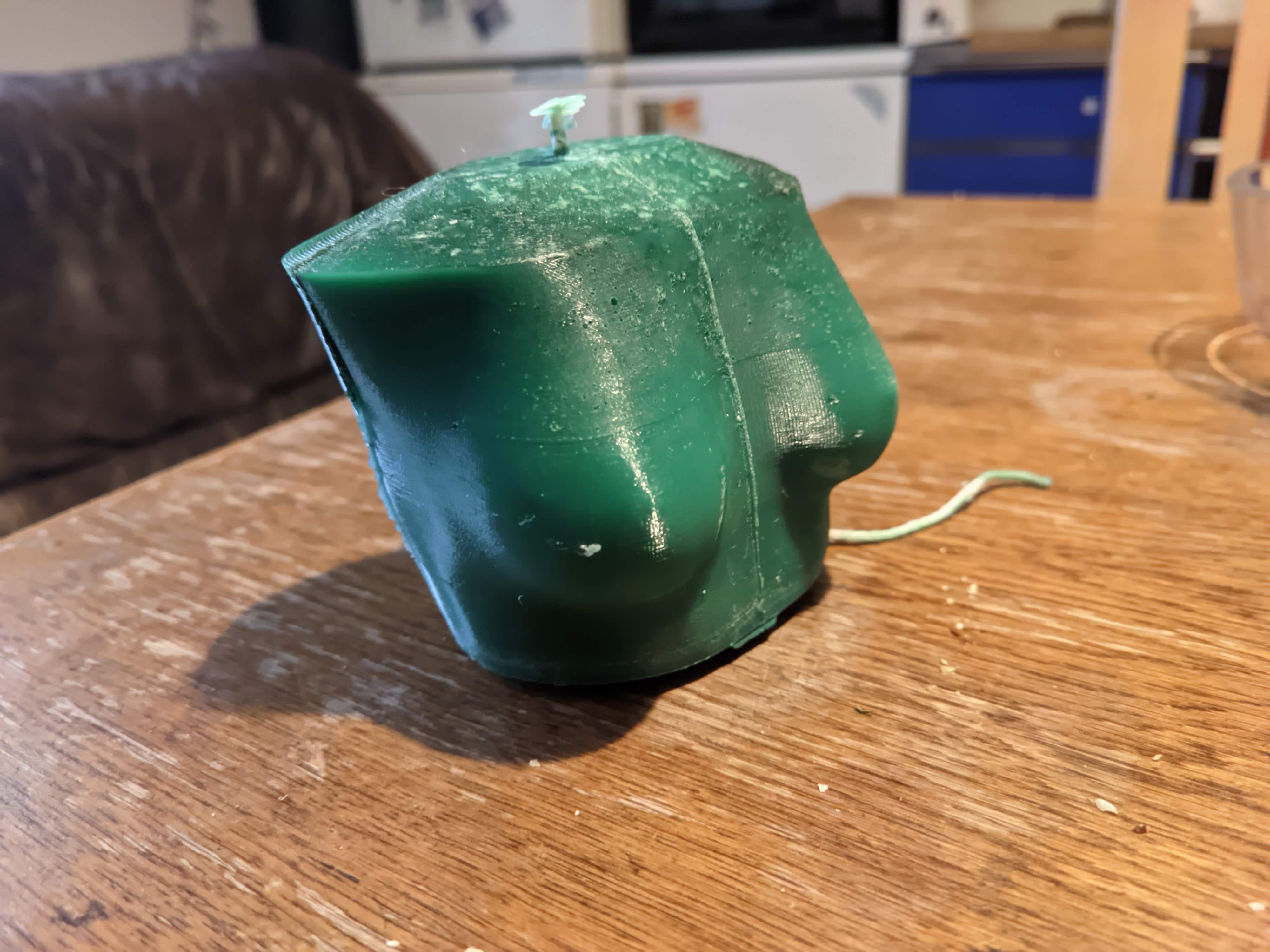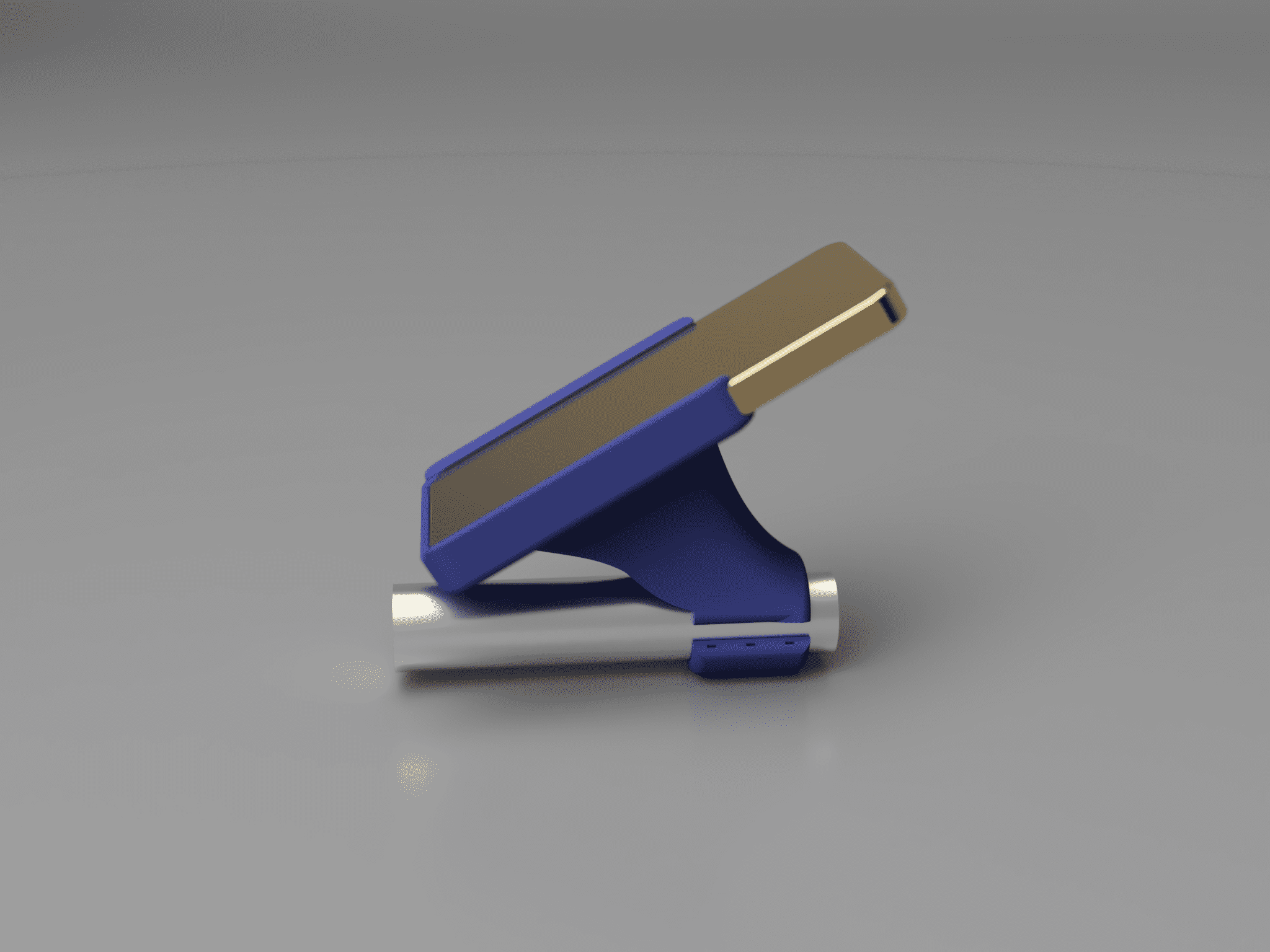3D Modeling and CAD
By Aron Petau • 7 minutes read •
3D Modeling and CAD
Designing 3D Objects
While learning about 3D printing, I was most intrigued by the possibility of modifying and repairing existing products. While there’s an amazing community with many good and free models available, I naturally reached a point where I couldn’t find what I was looking for already designed. I realized that this is an essential skill for effectively operating not just 3D printers, but really any kind of productive machine.
Since YouTube was where I learned everything about 3D printing, and all the people I looked up to there were using Fusion 360 as their CAD program, that’s what I got into. In hindsight, it was a pretty good choice — I fell in love with the possibilities that parametric design gives me. Below you’ll find some of my designs. The process is something I deeply enjoy and want to explore even more.
Through trial and error, I’ve already learned a lot about designing specifically for 3D printing. But I often feel that I lack a deeper understanding of aesthetic considerations in design. I want to broaden my general ability to design physical objects, something I hope to gain during my master’s.

Check out more of my finished designs in the Prusaprinters (now Printables) Community

3D Scanning and Photogrammetry
Besides coming up with new objects, incorporating the real world is also an interest of mine.
Interaction with real objects and environments
In the last few years, I played around with a few smartphone cameras and was always quite sad that my scans were never accurate enough to do cool stuff with them. I couldn’t really afford a proper 3D scanner and had already started cobbling together a Raspberry Pi camera with a cheap TOF sensor. That setup is simple, but not nearly as precise as a laser or LiDAR sensor. Then Apple released the first phones with accessible LiDAR sensors.
Recently, through work at the university, I got access to a device with a LiDAR sensor and started having fun with it. See some examples here:
This last one was scanned with just my smartphone camera. You can see that the quality is notably worse, but considering it was created with just a single, run-of-the-mill smartphone sensor, I think it’s still pretty impressive — and will certainly help democratize such technologies and capabilities.
Perspective
What this section is supposed to deliver is the message that I am currently not where I want to be when navigating the vast possibilities of CAD. I feel confident enough to approach small repairs around the flat with a new perspective, but I still lack technical expertise when it comes to designing collections of composite parts that have to function together. I still have lots of projects half-done or half-thought — and one major reason is the lack of critical exchange within my field of study.
I want more than designing figurines or wearables. I want to incorporate 3D printing as a method to extend the abilities of other tools — to serve mechanical or electrical purposes, be food-safe and engaging. I fell in love with the idea of designing a toy system. Inspired by Makeways on Kickstarter, I’ve already started adding my own parts to their set.
I dream of my very own 3D printed coffee cup — one that is both food-safe and dishwasher-safe. For that, I’d have to do quite a bit of material research, but that only makes the idea more appealing. I’d love to find a material composition incorporating waste, to stop relying on plastics — or at least on fossil-based ones. Once in Berlin, I want to connect with the people at Kaffeform, who produce largely compostable coffee cups incorporating a significant amount of used espresso grounds (albeit using injection molding).
The industry selling composite filaments is much more conservative with the percentage of non-plastic additives, because a nozzle extrusion process is much more error-prone. Still, I would love to explore that avenue further and think there’s a lot to be gained from looking at pellet printers.
I also credit huge parts of my exploration into local recycling to the awesome people at Precious Plastic, whose open source designs helped me out a lot. I find it hard to write anything about CAD without connecting it directly to a manufacturing process. And I believe that’s a good thing. Always tying a design process to its realization grounds the process and gives it a certain immediacy.
To become more confident in this process, I still need more expertise in designing organic shapes. That’s why I’d love to dive deeper into Blender — an awesome tool that in my mind is far too powerful to learn solely through YouTube lessons.
